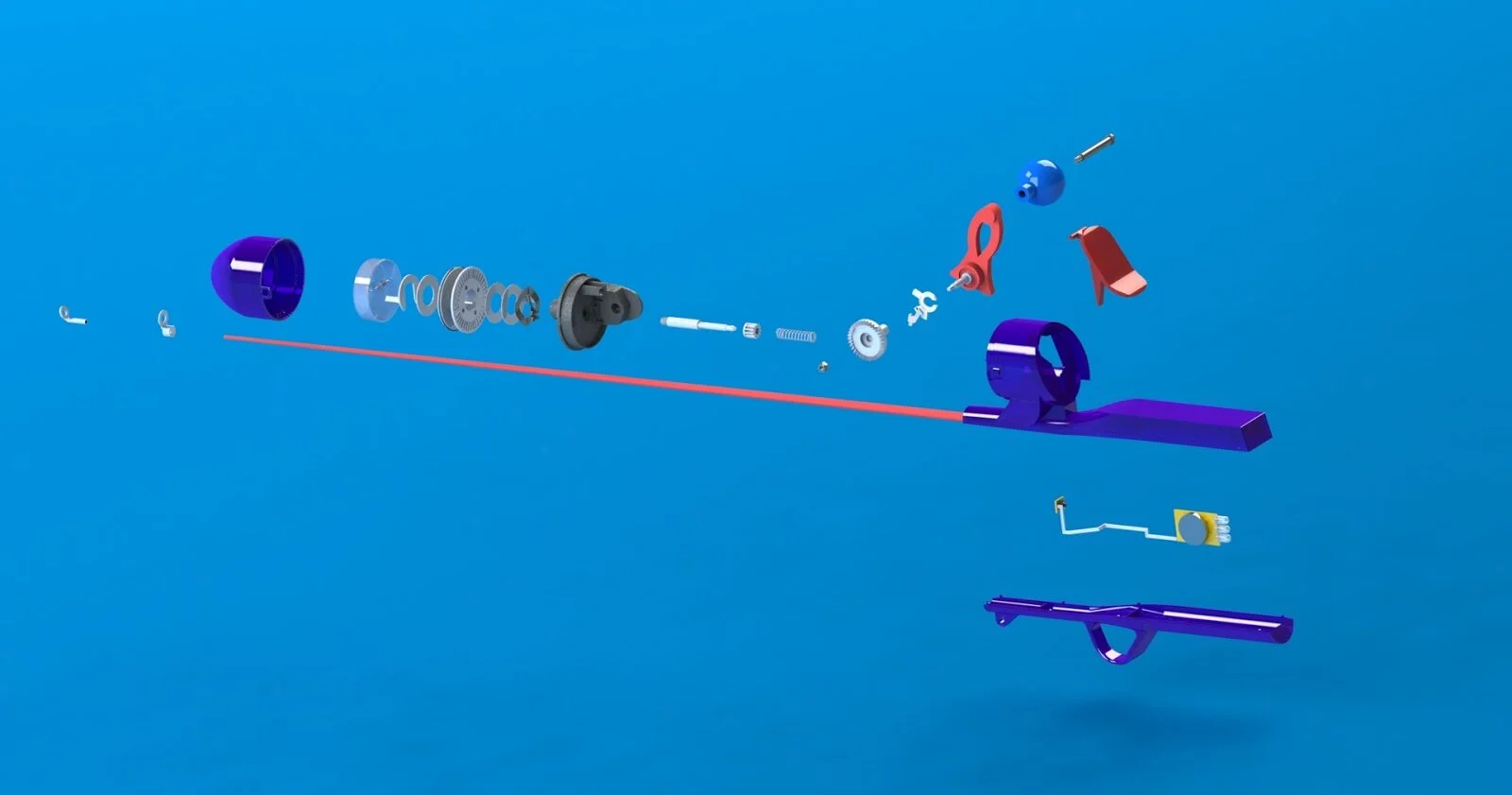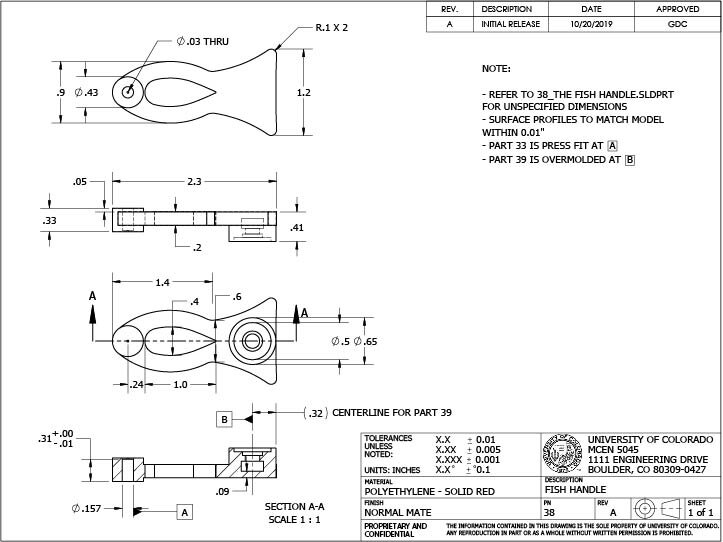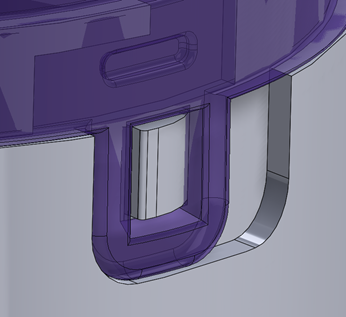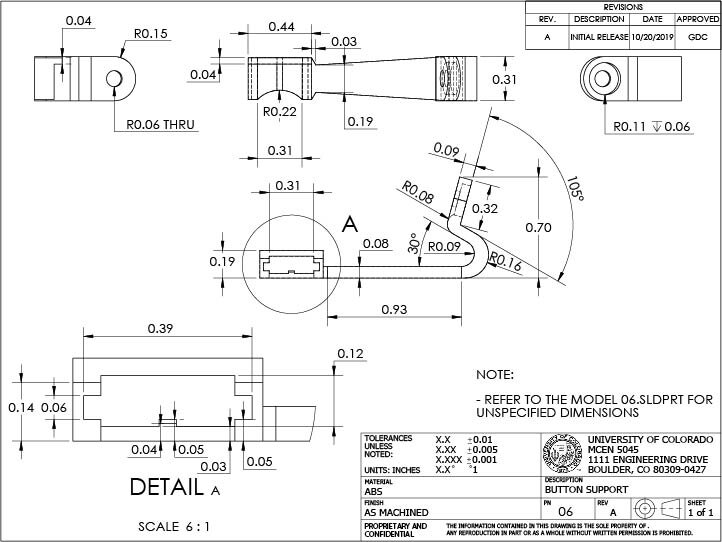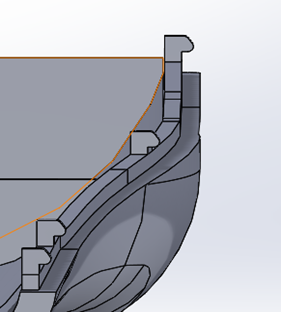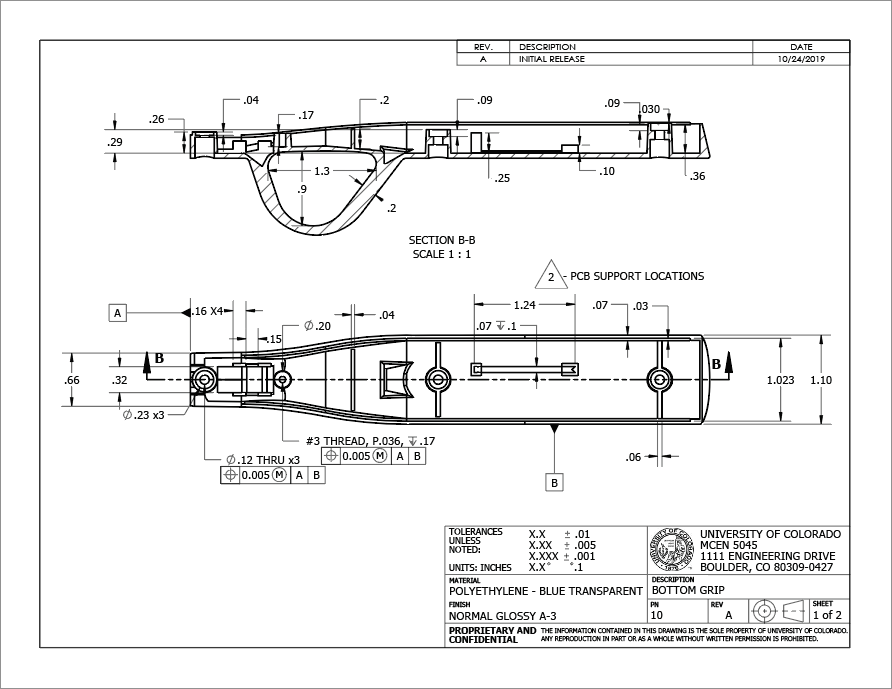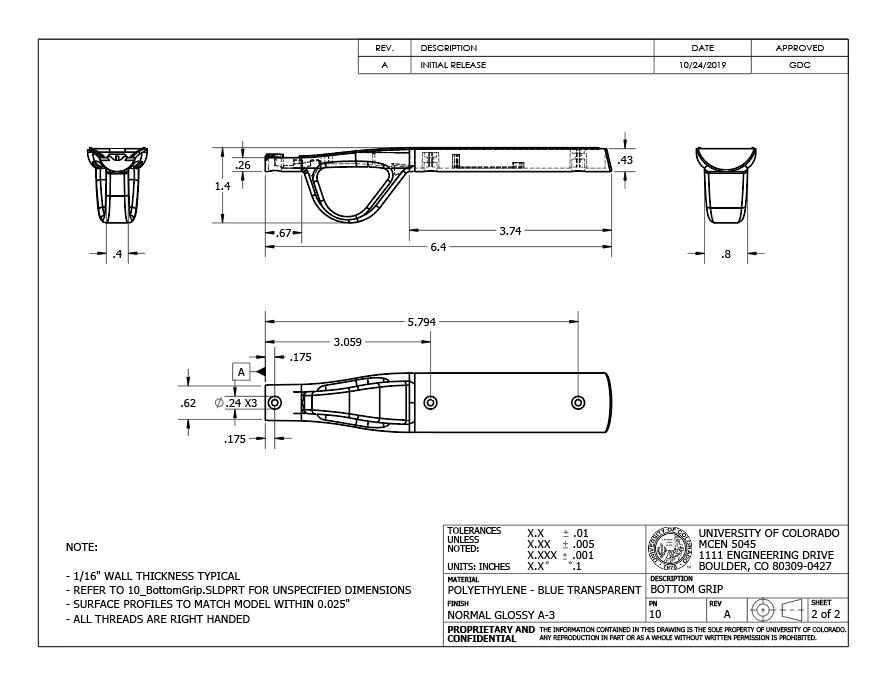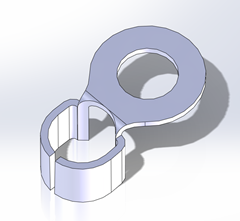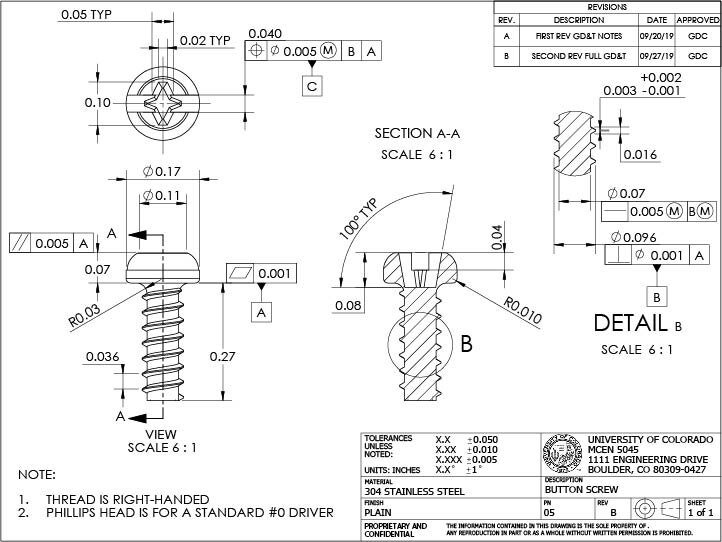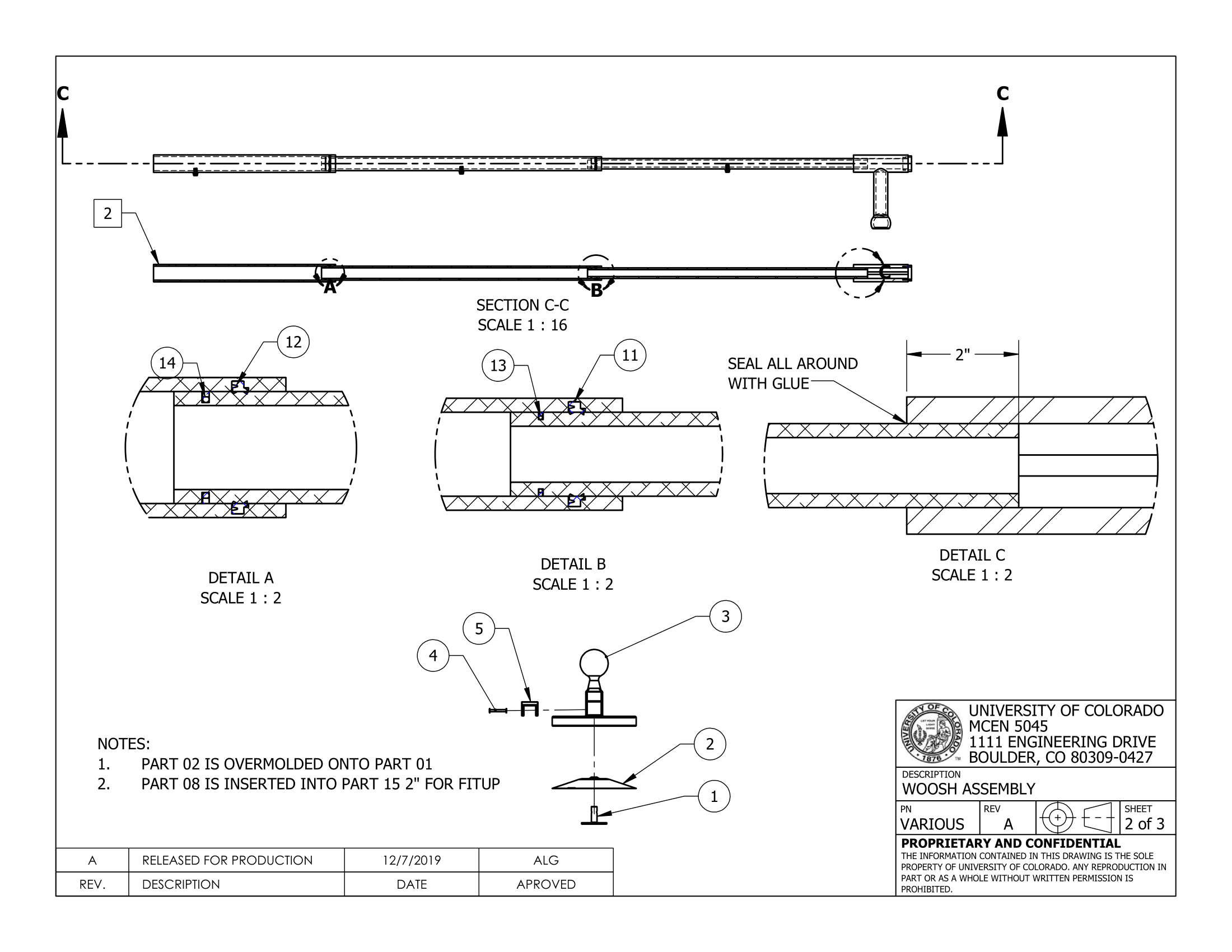Reverse Engineering
a Kid’s Fishing rod
For a Design For Manufacturing course at the University of Colorado Boulder, we were first tasked with reverse engineering a product, so my team of four chose a Shakespeare kid’s fishing rod. This reverse engineering involved disassembling the rod, modeling the 41 parts in SolidWorks, making engineering drawings for each part, and performing analyses on the materials, manufacturing processes, assembly, and cost of production. We also used DFM and DFA principles to modify the design and improve the overall cost of production, which we ended up reducing by 24%. The images below show some of the elements of the project.
At-Home Car Wash
In addition to the reverse engineering project, we were also assigned a design problem, where we needed to design a novel product in five weeks. This included an initial pitch for a product with at least 20 parts, the design of each part, DFA and DFM analyses, and a final cost analysis to ensure that production would be feasible. With this in mind, our team chose to create an at-home car wash system. This system was designed to help an individual clean a car from the convenience of his or her own neighborhood for right around $100. Some of the main features are highlighted below.
- A ball-joint suction cup to attach to any surface on a vehicle
- An overmolded hose attachment for a standard garden hose
- Threaded fan spray nozzles to coat the car in water
- Telescoping pipe segments for various car lengths/widths
- A slot and pin height adjustment for various car heights
- Four outdoor caster wheels to provide a 360˚ pivot
Designing each part involved not only sketching and 3D modeling, but also selecting the materials and manufacturing processes and performing stress analyses when necessary. Our team’s main focus during this project, though, was to optimize the manufacturing and assembly processes by minimizing the total number of parts, assessing the practical and theoretical efficiency of each part, and error proofing each interface in assembly. Some of the key features that we designed into the parts are shown below.
These pictures illustrate a challenging design problem that we encountered, where we tried to accommodate sizes ranging from sedans to standard trucks, while still providing easy storage to the user. This involved careful horizontal and vertical dimensioning for adjustable segments and a balance between the weight and strength of the tubing, so that anyone with access to a garden hose could use the car wash. We also implemented removable segments, using slot-and-key designs for intuitive assembly and a reduction of parts. These design considerations produced DFA analysis results that exceeded our initial goals, shown in the table below.
